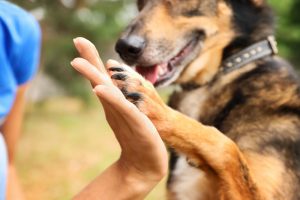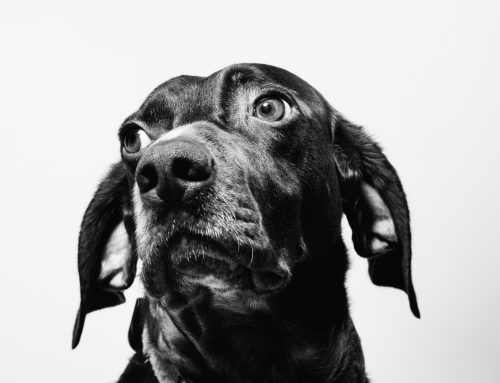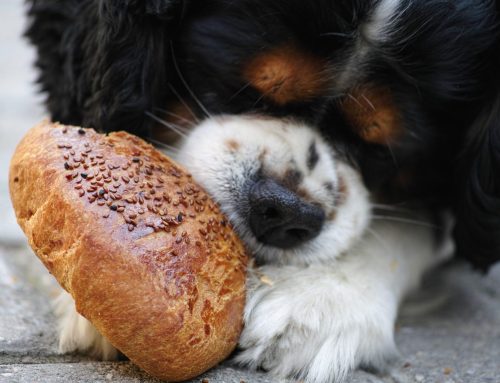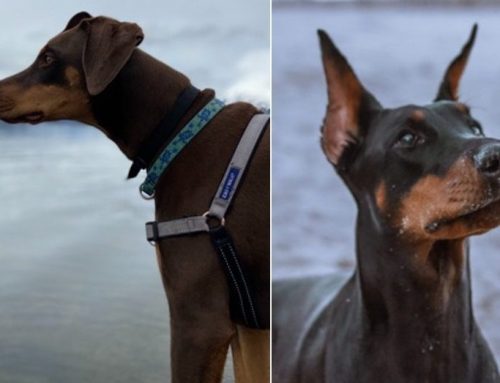 Dogs are creatures of habit who learn through association and context.
Dogs are creatures of habit who learn through association and context.
Dogs live in the moment. They are emotional beings who experience joy, confusion, happiness, and fear. Like toddlers, dogs do not understand that your behavior in the present may be related to an incident that happened four hours ago, nor do they understand that your present behavior is related to something that passed five seconds ago. Timing is important in dog training.
Dogs learn by association. Associative learning occurs when dogs pair events, emotions, or situations that happen simultaneously—even if they are not directly related. If every time a guest enters, you frantically get up and grab your dog by the collar, your dog will pair your frenetic energy and his collar being grabbed with the entry of guests—not with his behavior. If your dog passes another dog and you tighten up on the leash, force him into a heel, or make him sit repeatedly, he will pair your behavior and those experiences with the other dog.
Alternatively, if your dog loves cheese and you give him an abundance of it when another dog passes, he will associate the other dog with cheese and feeling good. If your dog is uncomfortable or frightened by something, it’s important to change his association with it—turning a negative experience into a positive one.
Dogs learn by context. Dogs link their actions or behavior to the specific environments or locations in which they occur. This is why your dog may perform a behavior perfectly in the dog training class but won’t immediately perform it at home. Teach your dog in the settings or locations where you want to see the behavior. If you want your dog to perform a behavior in the hallway, you will have to teach it in that location.
To learn more about dog behavior and positive dog training, read Training Your Dog the Humane Way or The Right Way the First Time.
© 2007 Alana Stevenson. All Rights Reserved.





